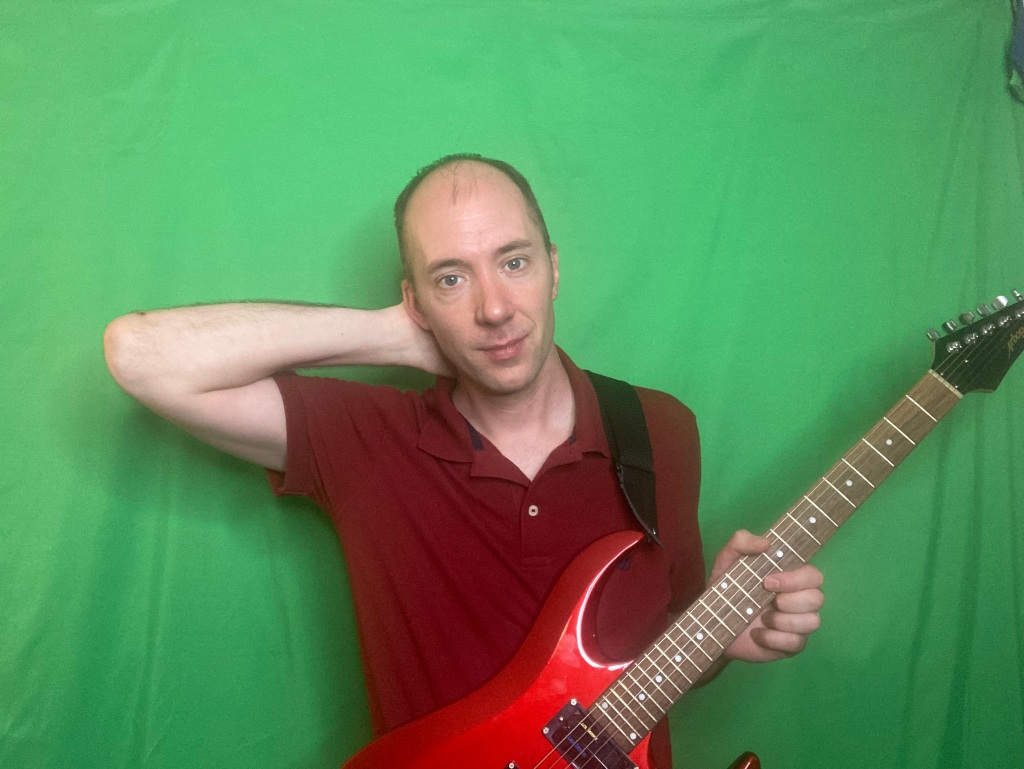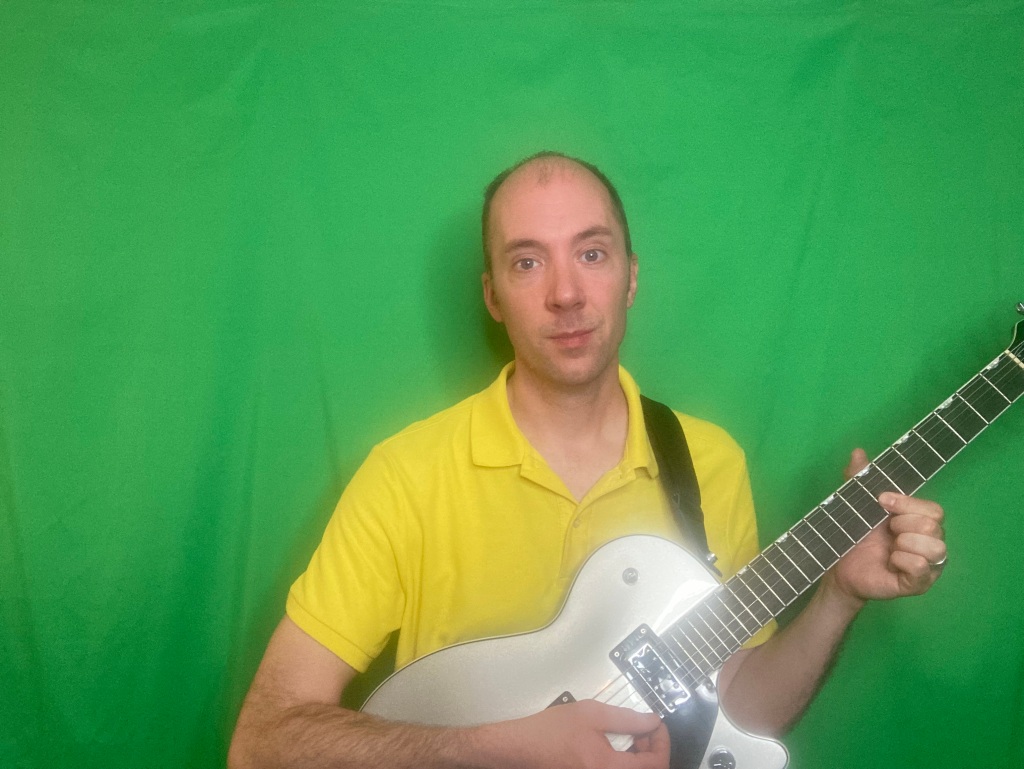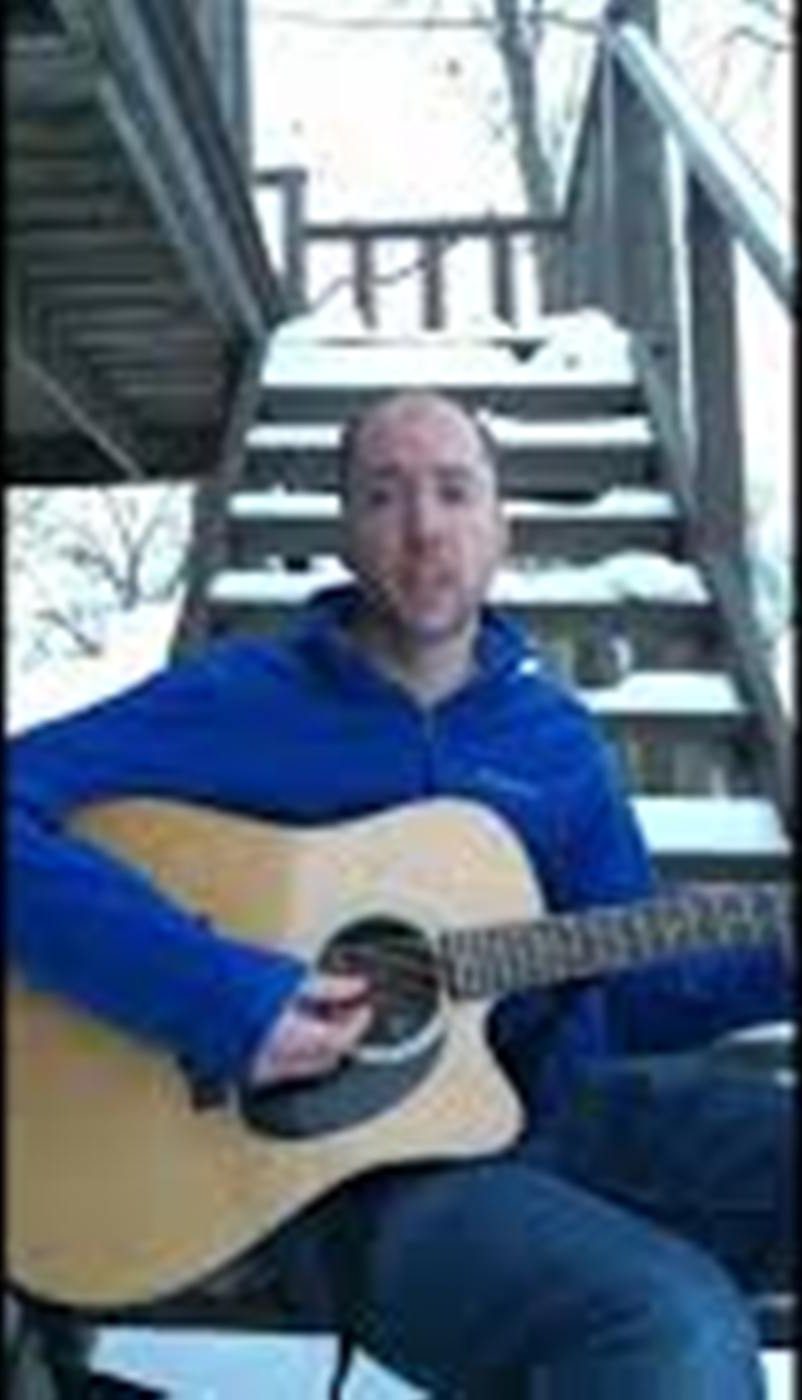Finished up the fifth and sixth performance videos (out of seven I’ve been focusing on), pretty much sweating my face off working on them during these 94″ degree days.
I did learn that I should do one totally “over the top” take to get more loosened up and wild, then figure out where to go from there, it really helps the process move forward.


I reviewed some video footage of live shows from awhile back, and posted some of those; I had played about 200 shows in cafés around the Albany NY and Tristate area, but they were sparsely attended, and rather than play showcases where we might get more notice, my duo partner wanted to keep doing the same old thing, so I’ve preferred to mostly focus on writing and recording since then. But here are some highlights: https://www.youtube.com/playlist?list=PLlvFQ4G0v_ktG49TSKyl5wW7KsiSji9u5
I got to write three new song melodies this week, and as I was working in the “1950’s style” of Pop, I was struck by how there is a complete absence of the F# chord in my empirical study from about sixty songs of that period. In my harmonic system, F# is equated with anger, so I got to reflecting on how that interesting time period of American culture does in fact seem to be characterized by what could be called “the absence of anger”. Veterans and their families were trying to build up a positive façade beyond the horrors of World War II, forced smiles and denial of dysfunction, which actually gave the Beatnik counterculture fuel to work with, then that led to extremes in the other direction, and it still has ripple effects into today’s culture.
I’ve been digging this old Bob Seger song “Shame On The Moon” this week, bit of a “tear in my beer” type of song, which made sense since I had just finished a pint of Coors Banquet when it came on my itunes, but the song was well done: https://www.youtube.com/watch?v=NuYCX5XK_So
I was tossing and turning last night, and ended up thinking a bit more about a concept I call “Bass Symmetry Chords”, where you can take four notes from a “box” shape on the fretboard and make them into many combinations; I’ll try to express the two boxes in tab here:
Box one, notes of: f-g-a#-c (makes 24 combinations: 18 in major or minor and 6 in Mixolydian)
g——————————-
d——————————-
a—1—3———————-
e—1—3———————-
So you can start on any of these notes as your “root chord”, and build something that will sound pleasing to the ear, due to their “symmetry”.
Box two, notes of: f-a-a#-d (makes 12 combinations in major or minor)
g——————————-
d——————————-
a—1—5———————-
e—1—5———————-
I discovered one of the combinations was the “Doo Wop ballad” formula of I-vi-ii-V (supposedly derived by them from Hoagy Carmichael’s “Heart And Soul”), so the “Bass Symmetry Chords” do go back at least that far, the idea shows up in a handful of Beatles songs, then I noticed it featured in 90’s music and some current songs.
Here are some other examples:
-Beatles “Help!” verse: A – C#m – F#m – D
-Pixies “Where Is My Mind”: E – C#m – G#m – A
-Weezer “Say It Ain’t So”: C#m – G#m – A – E
-Nirvana “Smells Like Teen Spirit: Fm – A#m – G# – C#
-Weezer “Only In Dreams” verse: G – C – Am – D
-Billie Eilish “What Was I Made For: C – Em – F – Am
I saw a good deal for a membership to the video lectures site “Masterclass.com”, it was $60 for 12 months access, which is way down from their previous asking price of $250 and up, so I signed up to check it out. The format is kind of like “Ted Talks”, but with celebrities and doctors; I was surprised when the site offered, for $120 more, “Talk about your problems with an A.I. version of a celebrity.”
These A.I. developments sure pop up in unusual places this year; so for instance, I watched the drumming lecture by Ringo Starr, and let’s suppose I wanted to talk to Robot Ringo on an iphone video call about my problems…”Robot Ringo, it’s 11pm at night and I had too many sugar snacks. WTF?” Even if they had uploaded Ringo’s entire brain, what kind of advice would he give, “Peace and love. Drop some acid and it will all be groovy”? Not exactly the wisdom of Solomon…on the other hand, I could do a conference call between A.I. Bill Clinton and A.I. George Bush, and talk over the merits of voting Bigfoot For President…
Irish Folk songs group is going fine, making connections with some nice guys there, and apparently all of my jokes are hilarious to them, which is nice to get that appreciation. The group leaders asked me to hold down the rhythm by stomping on an unusual wooden board with a piezo pickup attached to it; sort of sounds like knocking on a door.
I got that CDL-A “unrestricted” license today, so I can drive any type of vehicle on the road throughout all of America, which is pretty exciting. I’m looking into some recommended companies and considering the new job options now…

